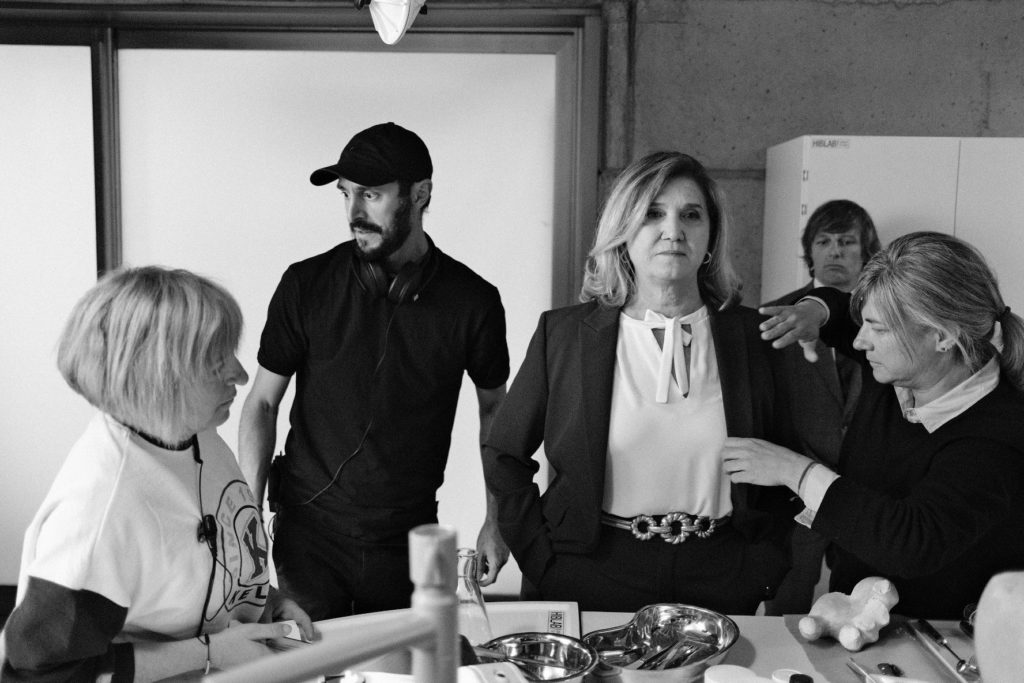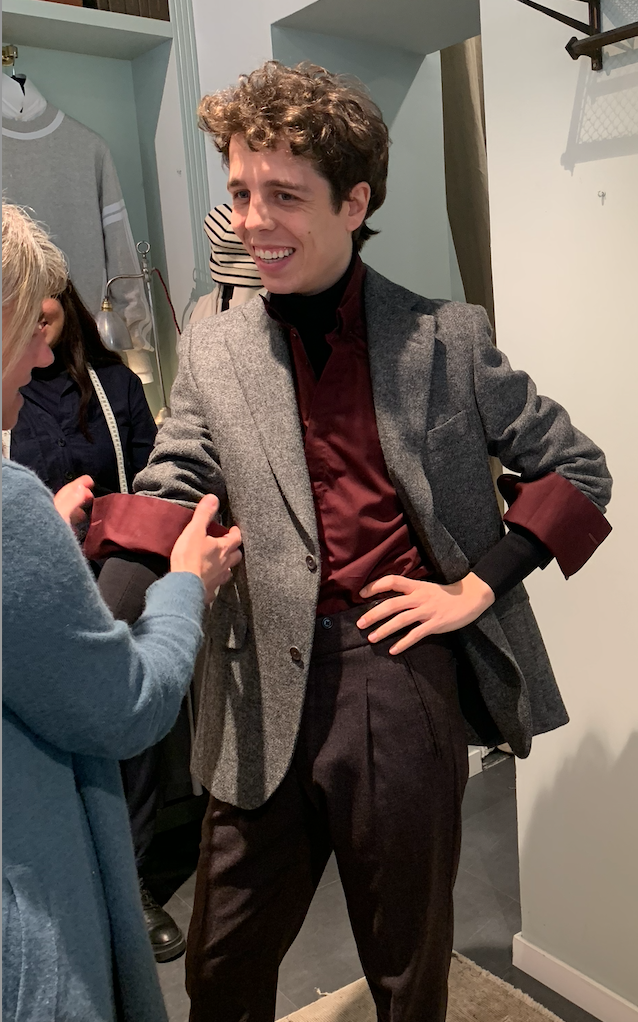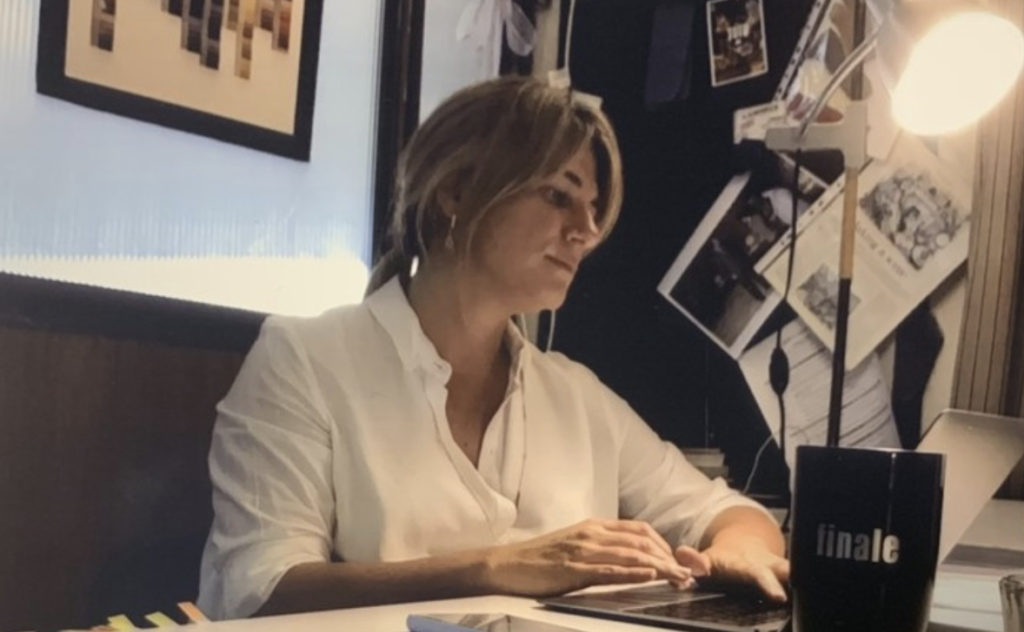1- How did your experience selecting and creating the costumes for the Fine Arts series at Peris Costumes influence you? How was your approach to costume design for this particular series?
I had already had several good experiences building characters with the countless materials that can be found at Peris Costumes. It was a new challenge to manage to depict a story that takes place in a modern museum and in the present day. We wanted to manage the sobriety and elegance of the protagonists by mixing and integrating them with the other working class characters that also participate in the museum’s activities. Having the help of Peris was a fundamental factor in building the series’ credibility. We had to recreate from scratch all the uniforms of a museum that didn’t exist, all the staff had to look real: the directors, the assemblers, the security guards, the cleaners, the guards of the rooms. All these uniforms were made in every detail in Peris’ workshops. My general approach was to find a balance between a fictitious world and a real world that already exists, such as the museums that everyone knows. Trying to be original, but accompanying the story.

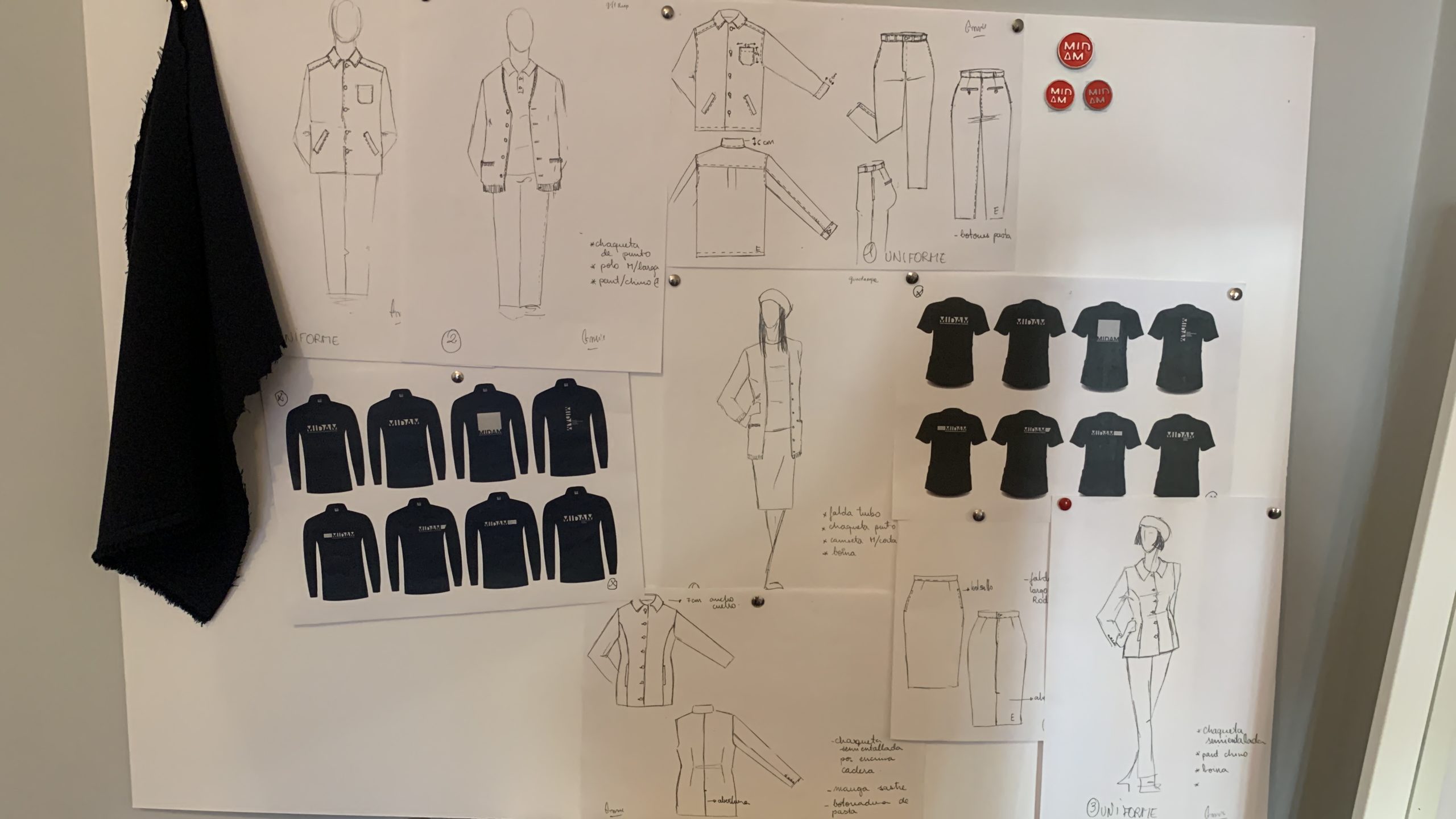
2- What inspirations or artistic references guided you when designing the costumes for the characters in the series?
The inspirations are a mixture of everything because in Fine Arts we had a lot of very varied characters. For some characters it was paintings and works of art, for others it was native costumes and history of the places where those characters come from or where they are. I like to work a lot on the details and textures to help build the story and the contrasts between the characters. The accessories are fundamental pieces to finish building the characters.
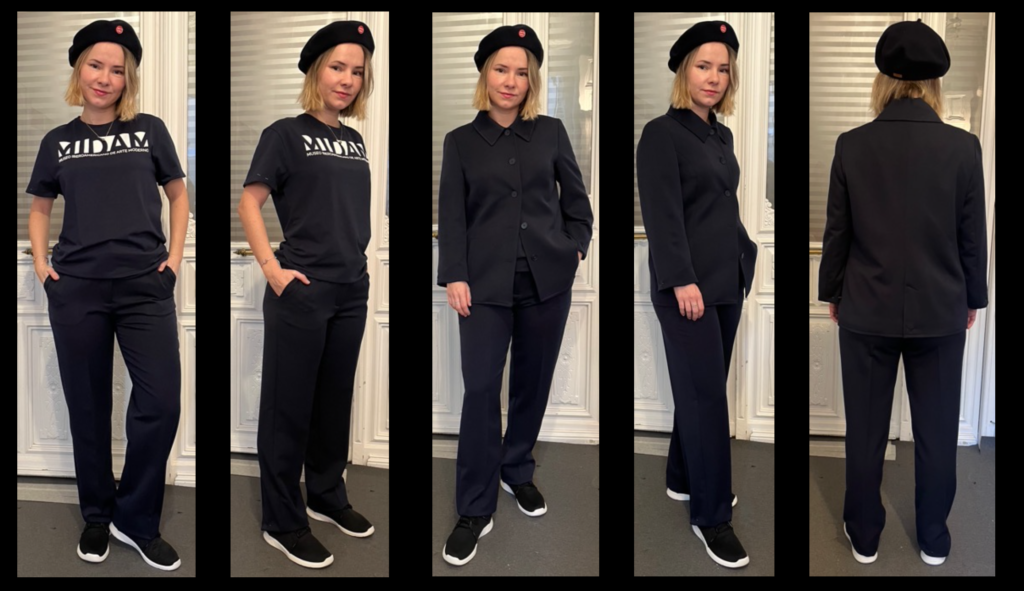
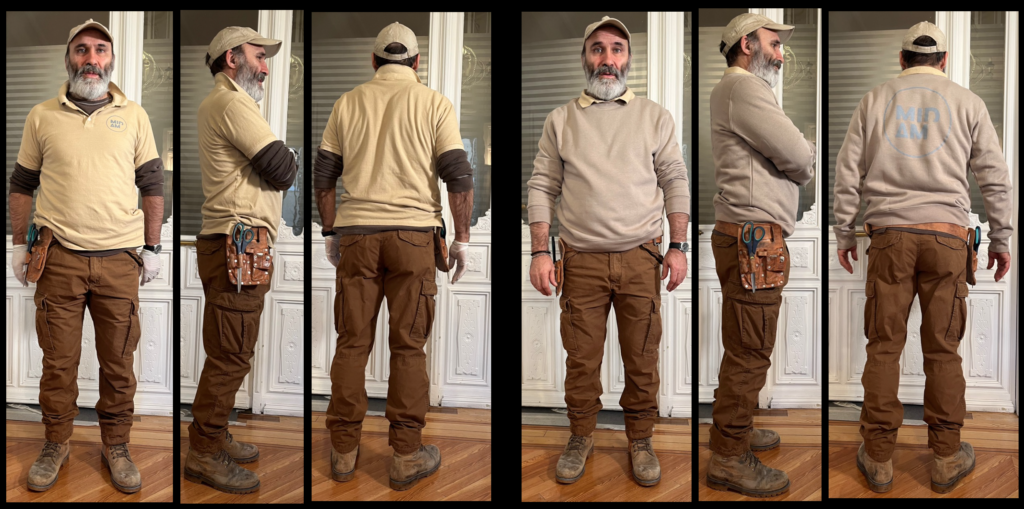
3- How did you work and collaborate with the production team and the actors to make sure that the wardrobe complemented the narrative and the characters in the series?
There is a great diversity of characters in Bellas Artes and one of the things I like most about working with Mariano and Gastón is the range of social classes in their projects. One of the nicest things about this work is the collaboration between the different areas including the actors. It is a teamwork that otherwise would not be possible to achieve the narrative of the story and the characters of the series.

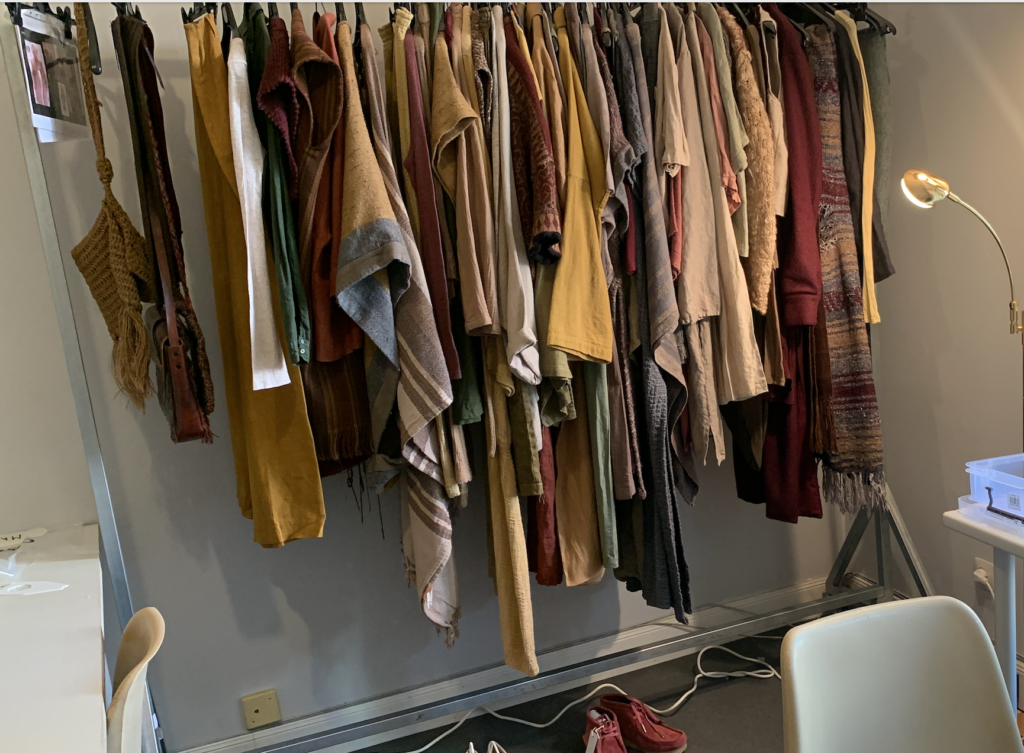
4- Which of all the tasks did you enjoy the most while working on the costumes for “Bellas Artes”?
The costume fittings are what I enjoyed the most at Bellas Artes. Every moment with each actor when they put on the pieces we had made or selected and allowed me to build the characters together was what gave me the most satisfaction. In particular I remember Diego Anido’s costume fitting. As soon as he put on the costumes, he changed his body posture and it was the character we had imagined. But they were all very nice tests and it is a fundamental moment for the construction of the character, since everything you imagine comes true at that moment or sometimes even exceeds what you imagined.
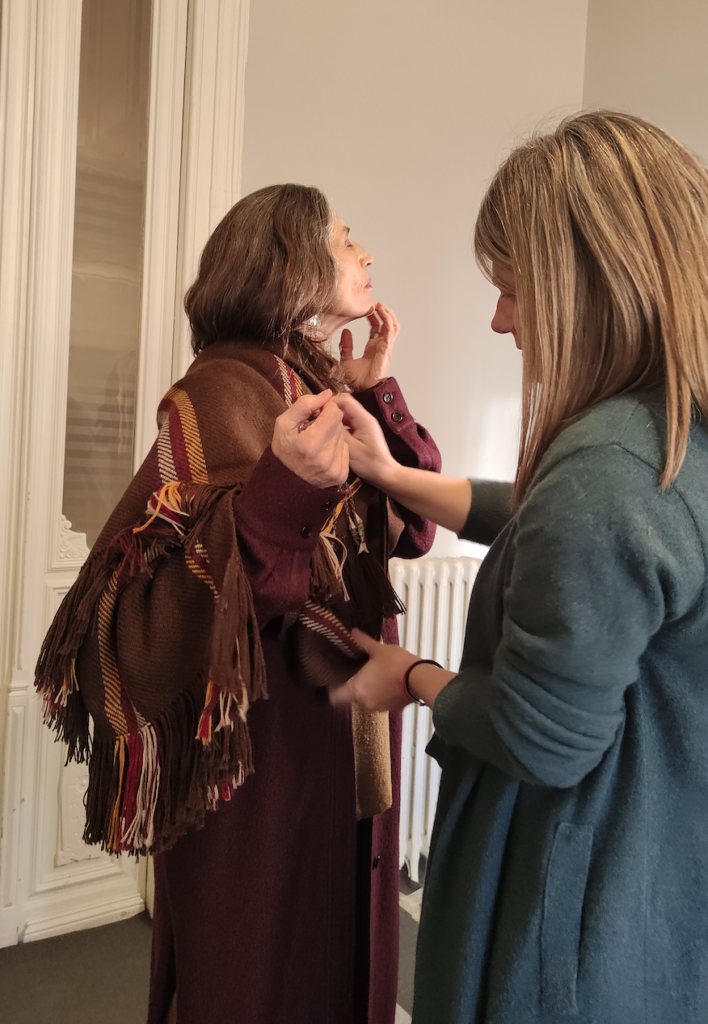
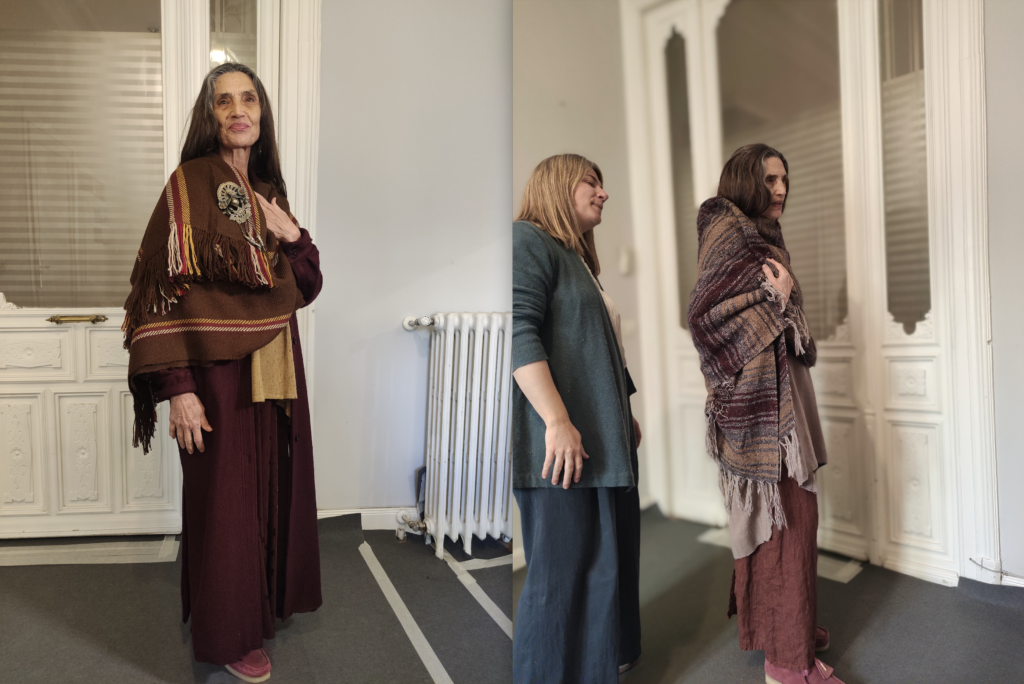
5- How do you think the costumes contribute to the overall atmosphere and authenticity of a production like “Fine Arts” and what is their importance?
The costumes are a key piece in Bellas Artes to help mark the states of each character, their evolution and development and to go along with the narrative of the story.
